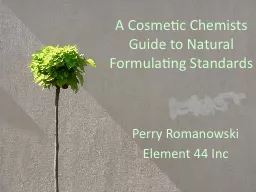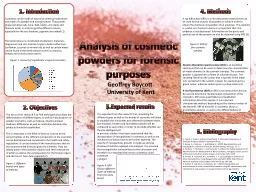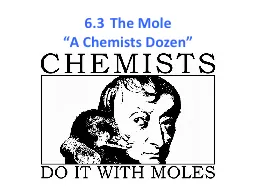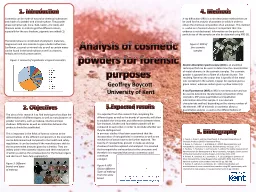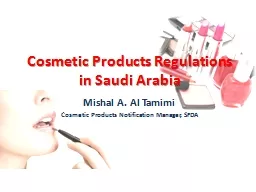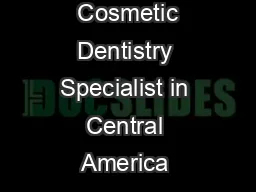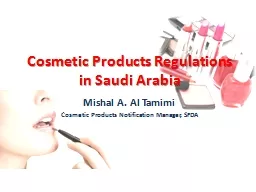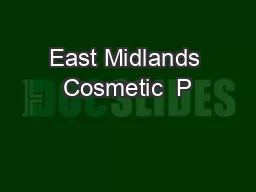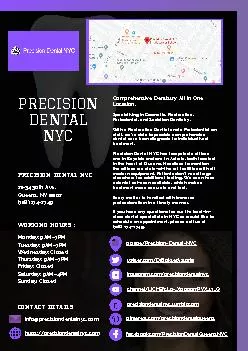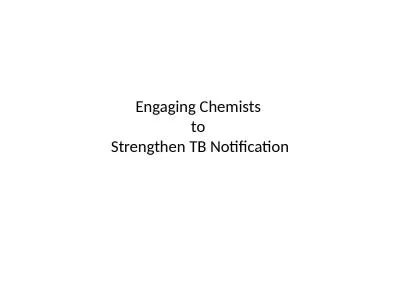PPT-A Cosmetic Chemists Guide to Natural Formulating Standards
Author : cheryl-pisano | Published Date : 2015-10-07
Perry Romanowski Element 44 Inc Natural Formulating Involved in Natural Formulating Natural Formulating Course Blogging Audience Demand Lots of interest in Natural
Presentation Embed Code
Download Presentation
Download Presentation The PPT/PDF document "A Cosmetic Chemists Guide to Natural For..." is the property of its rightful owner. Permission is granted to download and print the materials on this website for personal, non-commercial use only, and to display it on your personal computer provided you do not modify the materials and that you retain all copyright notices contained in the materials. By downloading content from our website, you accept the terms of this agreement.
A Cosmetic Chemists Guide to Natural Formulating Standards: Transcript
Download Rules Of Document
"A Cosmetic Chemists Guide to Natural Formulating Standards"The content belongs to its owner. You may download and print it for personal use, without modification, and keep all copyright notices. By downloading, you agree to these terms.
Related Documents

